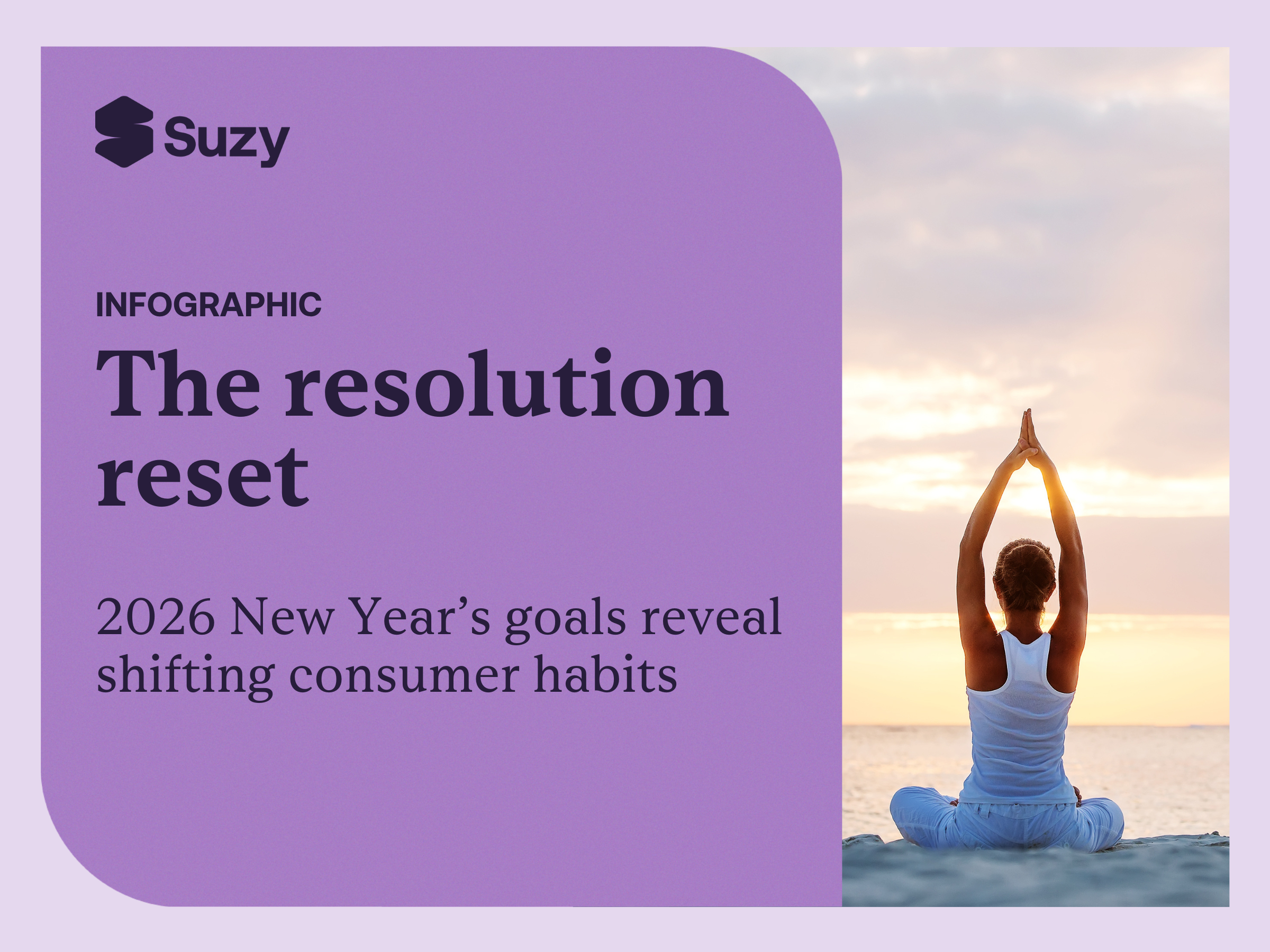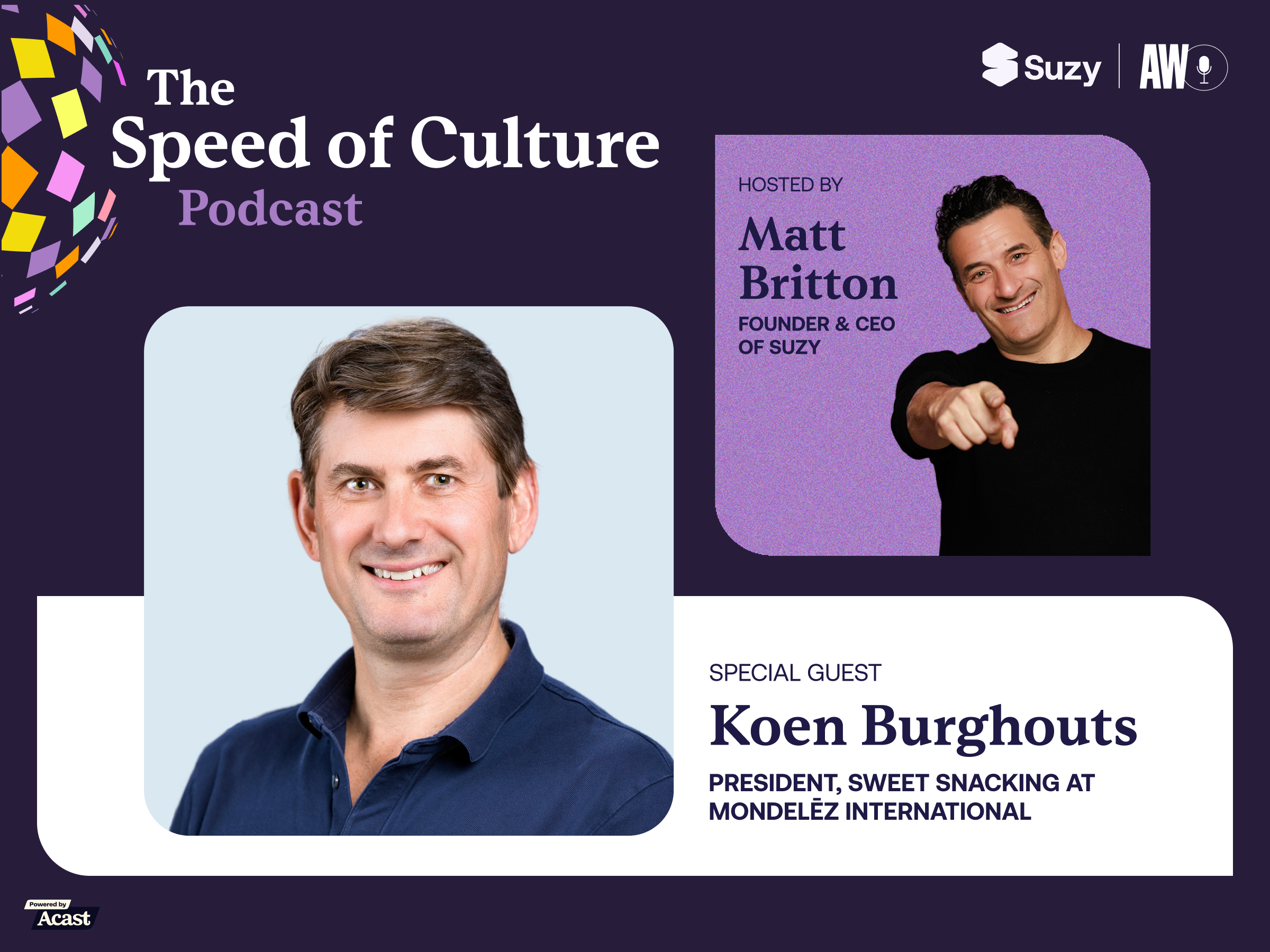It’s one thing to create an innovative product, but getting that product on shelves is something else entirely. It requires a retail strategy and a pitch that wows the retailer, which must be backed by in-depth consumer research. After all, the retailer wants to be sure that consumers will buy your products if they give you shelf space.
But how can you pitch a product to a retailer? What kind of data is worth including? In this article, let’s explore how one CPG brand, Freestyle Snacks, leveraged the Suzy consumer research platform to nail the pitch, wow their target retailers, and ultimately land on the shelf—and what you can learn from her success.
About Freestyle Snacks
First, a little about Freestyle Snacks. The brand created convenient, liquid-free packaging to house their high-quality, marinated olives from Greece. As the Founder and CEO, Nikki Seaman leans into the sales part of her business, and selling her brand means crafting a compelling story with detailed consumer data to help retailers make informed decisions.
Nikki wanted to get shelf space both at a regional gourmet store and at a national club store. Using a mixed methods approach, Nikki was able to understand both the what and the why behind the shopping decisions olive lovers make, including where they shop and why, and what makes a product appeal to them. All this data formed the backbone of her pitch to retailers.
Here’s how she created a successful strategy to pitch her product to major retailers and get Freestyles snacks on the shelves so consumers could buy her offering.
Identify your target audience with a quant screener
First, Nikki started with quantitative research. When she worked on her pitch for a regional gourmet store, she wanted to make sure that the consumers answering her survey actually shopped there. She created a survey to understand whether or not consumers had shopped at the store within the last three months. If respondents met that criterion, she then asked if they had purchased olives at that retailer recently.
“I basically narrowed in on people who lived specifically in states where [the gourmet store] was a retailer, and then I specifically narrowed in again on consumers who have shopped at [there] within the last six months, and they've also purchased olives within the last six months. So with that data, I was targeting very clearly [the retailer’s] olive shoppers.”
Once she had that audience segment, she asked them a standalone question: Would they purchase Freestyle Snacks if the products were available at a retailer nearby?
As it turned out, many would. From there, Nikki could resurvey the same consumers to learn more and present a compelling story to her target retailer. “We're really narrowing in on the people that we want to answer a particular question. For instance, if they've shopped at a given retailer before, I can now focus on that consumer and leverage that data to then go pitch to that exact retailer,” she said.
Dig deeper with qual
Nikki then layered that quantitative data with qualitative video open ends, or unmoderated video responses from her target audience to put a face to the voice of the consumer. In her pitch, she shared video footage of consumers saying why they would buy her product at the retailer.
“We had people who were excited and likely to purchase Freestyle snacks at the [retailer] create a video explaining exactly why they would be interested,” Nikki said.
With this pitch, Nikki gained shelf space at the gourmet store. But now she needed to target her next goal: creating a product that would get her brand shelf space at a national club store.
Map out the shopper journey
In her pitch for the club store, Nikki showed the end-to-end consumer path to purchase with shopper insights research. As a new brand, she wanted to make sure that they launched the exact right variety for the club. Since the buyer was open to what the pack size would be, the flavors included, and the design, Nikki needed to narrow down and perfect her proposed product.
So, Nikki put together a survey to get hard data on the amount of packs consumers wanted to see in a box and what flavors to include. She also explored what her box needed to look like and what price point consumers would be most interested in paying for the product. Through her research, Nikki got clear answers to make the right decision on how to structure her product for the club.
Drive consumers to the retailer
By the end of the process, Nikki surveyed consumers on different marketing and creative approaches to see what would perform best. She explored the kinds of ads her consumers wanted to see, and A/B tested her creative to optimize it.
Essentially, Nikki was able to determine what the end-to-end journey looks like for her target consumer, and she walked her target retailers through that journey during her pitch.
The results speak for themselves. “[The retailers] were blown away, had never seen anything like it, and were super excited to learn more about Freestyle snacks,” Nikki said.
Nailing the pitch
So, what can you do to nail your retail product pitch? Suzy offers a variety of methodologies and tools to help you wow your target retailer.
- First, find your target consumer with our built-in audience. Our first-party network of screened and verified consumers allows you to target and retarget again for deeper learning. You can even integrate your typing tool for powerful segmentation.
- Dig into the why behind consumer behavior and attitudes with qualitative research through asynchronous video open ends, in-depth interviews, and online focus groups. Suzy’s showreels tool has built-in templates, so you can pick and choose the most compelling responses and bring your story to life. Be sure to include it in your pitch deck.
- Uncover your target consumers’ path-to-purchase to understand what steps they take when shopping for products within your category. Use this knowledge to optimize the way you advertise to and communicate with your consumers, leading to better brand experiences and higher conversions.
- Optimize your marketing messaging with ad testing—and let the retailer know how you plan to market your products and drive revenue at their store.
Above all, consumer research is critical for convincing retailers. Using data as the backbone for your pitch will help your target retailer make an informed decision. And putting a face to the consumer is key—it’s hard for anyone to ignore a real consumer saying they would buy a product at their store. With a mixture of data and the voice of the consumer, you can make a pitch to retailers they can’t ignore.
Win your pitch with Suzy
Ready to nail your pitch? Suzy can help. Take it from Nikki, who said, “I was able to leverage Suzy in a super innovative way that, at a high level, helped me win the pitch.”
Book a demo with our team today to see how we can help you through every stage of the pitching process, backing you up with the data you need to win. 💪
.webp)







